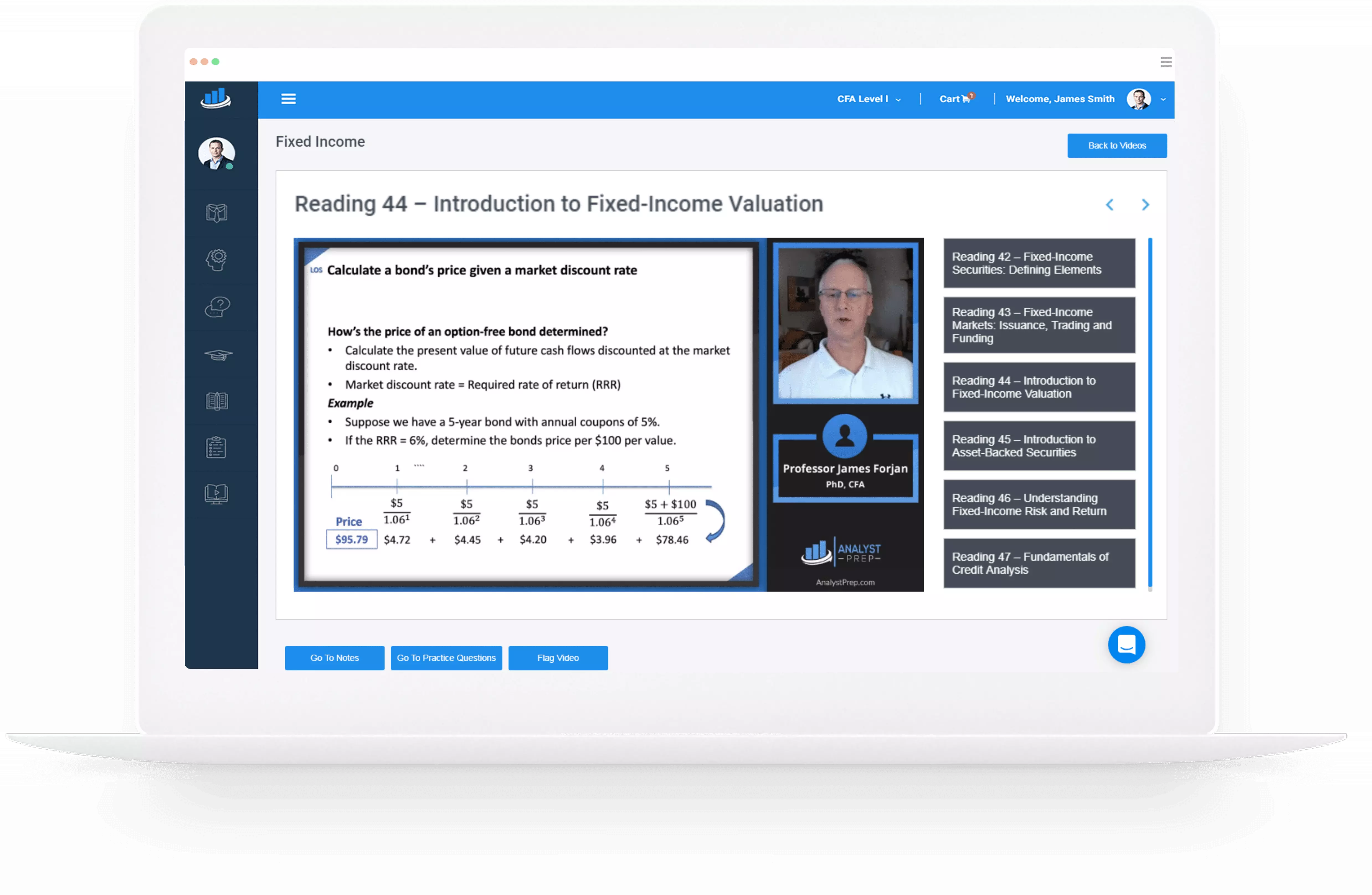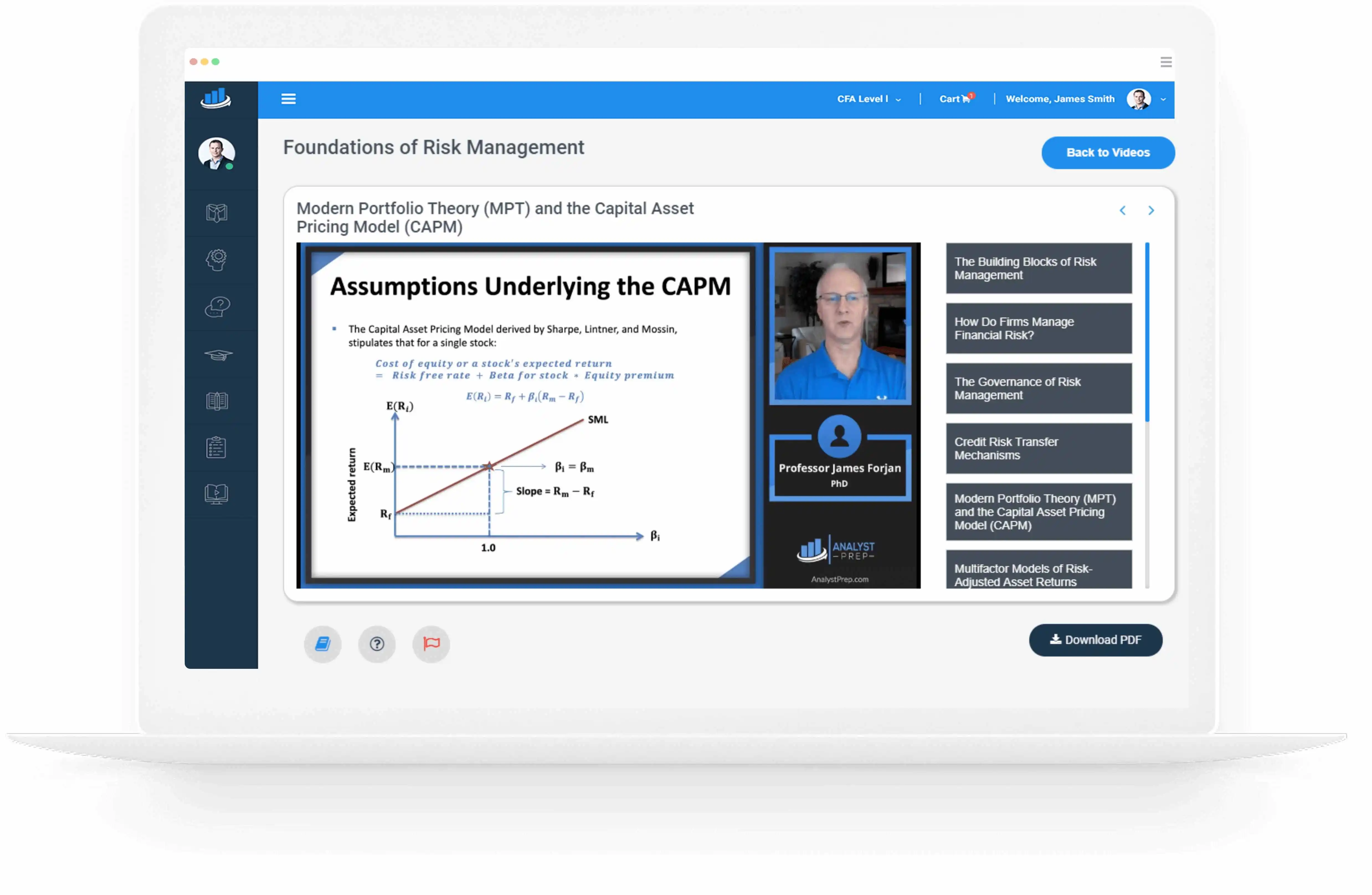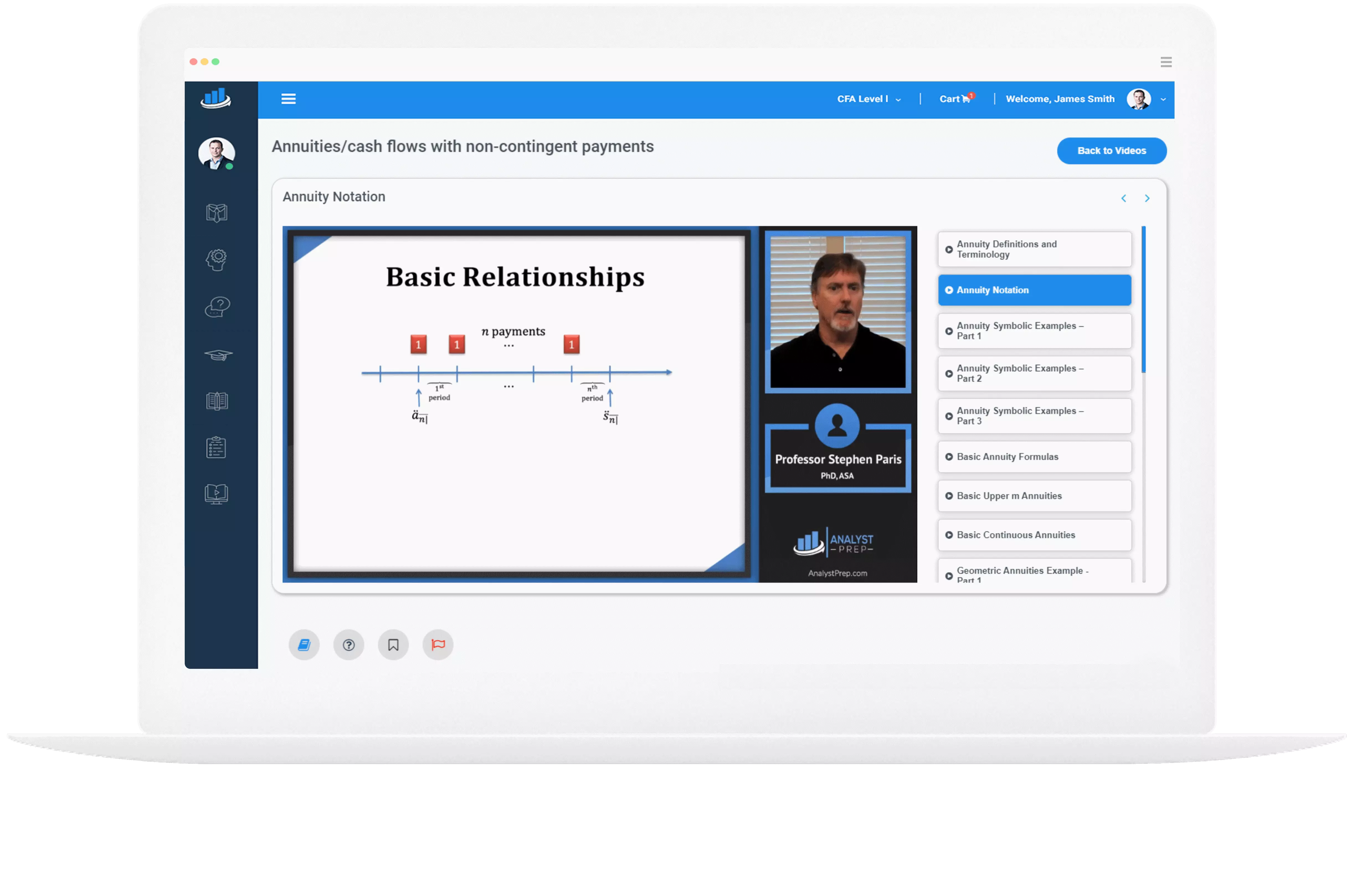Continuous Uniform Distribution
[vsw id=”KbEfz3KiJDo” source=”youtube” width=”611″ height=”344″ autoplay=”no”] The continuous uniform distribution is such that the random variable X takes values between α (lower limit) and β (upper limit). In the field of statistics, α and β are known as the parameters…
Key Properties of the Normal Distribution
[vsw id=”KbEfz3KiJDo” source=”youtube” width=”611″ height=”344″ autoplay=”no”] A random variable is said to have the normal distribution (Gaussian curve) if its values make a smooth curve that assumes a “bell shape.” A normal variable has a mean “μ,” pronounced as “mu,”…
Univariate vs. Multivariate Distributions and the Role of Correlation in the Multivariate Normal Distribution
[vsw id=”KbEfz3KiJDo” source=”youtube” width=”611″ height=”344″ autoplay=”no”] Univariate and multivariate normal distributions are very robust and useful in most statistical procedures. Understanding their form and function will help you learn a lot about most statistical routines.
Confidence Intervals
[vsw id=”KbEfz3KiJDo” source=”youtube” width=”611″ height=”344″ autoplay=”no”] A confidence interval (CI) gives an “interval estimate” of an unknown population parameter such as the mean. It gives us the probability that the parameter lies within the stated interval (range). The precision or…
The Standard Normal Distribution: Calculation and Interpretation of Probability
[vsw id=”KbEfz3KiJDo” source=”youtube” width=”611″ height=”344″ autoplay=”no”] The standard normal distribution refers to a normal distribution that has been standardized such that it has a mean of 0 and a standard deviation of 1. The shorthand notation used is:
Shortfall Risk, Safety-first Ratio and Selection of an Optimal Portfolio Using Roy’s Safety-first Criterion
[vsw id=”KbEfz3KiJDo” source=”youtube” width=”611″ height=”344″ autoplay=”no”] Shortfall Risk Shortfall risk refers to the probability that a portfolio will not exceed the minimum (benchmark) return that has been set by an investor. In other words, it is the risk that a…
The Lognormal Distribution vs. the Normal Distribution
A variable X is said to have a lognormal distribution if Y = ln(X) is normally distributed, where “ln” denotes the natural logarithm. In other words, when the logarithms of values form a normal distribution, we say that the original…
Continuous Compounding
Continuous compounding applies either when the frequency with which we calculate interest is infinitely large or the time interval is infinitely small. Put quite simply, under continuous compounding, time is viewed as continuous. This differs from discrete compounding where we…
Monte Carlo Simulations
[vsw id=”KbEfz3KiJDo” source=”youtube” width=”611″ height=”344″ autoplay=”no”] Monte Carlo simulations involve the creation of a computer-based model into which the variabilities and interrelationships between random variables are entered. A spread of results is obtained when the model is run many times…
Monte Carlo Simulation vs. Historical Simulation
[vsw id=”KbEfz3KiJDo” source=”youtube” width=”611″ height=”344″ autoplay=”no”] Monte Carlo simulation and historical simulation are both methods that can be used to determine the riskiness of a financial project. However, each method uses different assumptions and techniques to develop the probability distribution…




